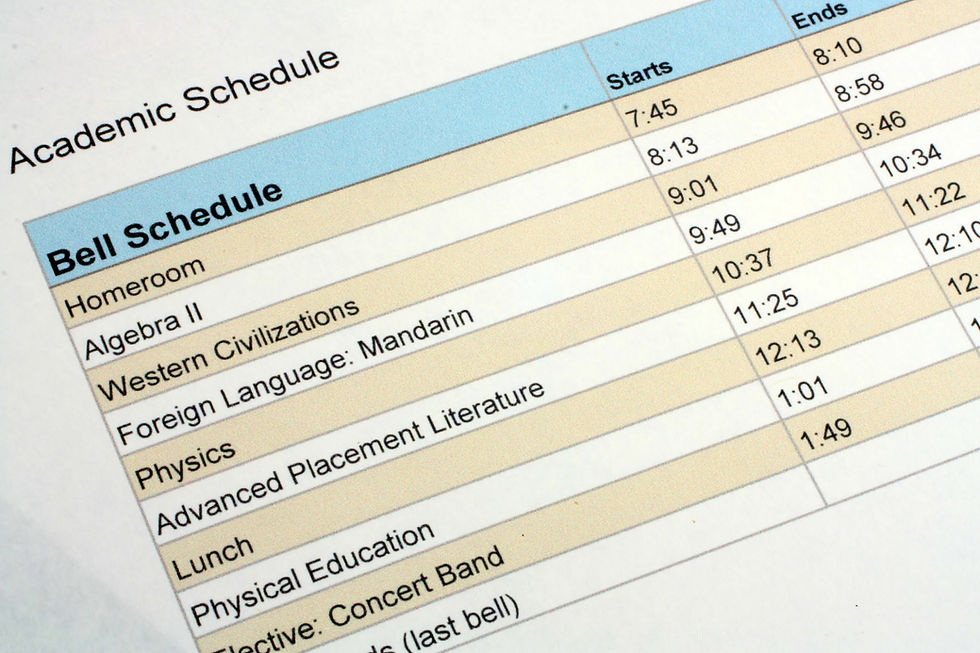Spotlight on Ohio Guaranteed Transfer Pathways
- Alison Merzel

- Apr 30, 2021
- 2 min read
In case you missed it, President Biden announced the American Families Plan earlier this week, which will invest in American children and families by providing greater access to affordable childcare and education; improving teacher training; creating a comprehensive paid family and medical leave plan; and reducing food insecurity, among other initiatives. One of the complaints of the plan to offer two years of community college for free is that students who start in community college often don't end up graduating with a four-year degree. "Studies have shown that about 80 percent of students entering community colleges plan to earn a bachelor’s degree, but fewer than 15 percent end up with one"(Chronicle of Higher Education, 'Biden's Plan Would Make Community College Free. It Could Also Have Unintended Downsides'). A primary reason for this is that often the credits taken in community college won't transfer to the four-year institution. Every state has different transfer agreements, some better than others. Transferology.com is a great site to help students understand whether the courses they have taken will transfer to the institution they are considering.
Ohio's T2DG (Transfer to Degree Guarantee) and Guaranteed Transfer Pathways programs "are designed to provide a clearer path to degree completion for students pursuing associate degrees who plan to transfer to an Ohio public university to complete their bachelor’s degree."
Ohio four-year public universities have outlined the course equivalents for students who have completed Associates degrees and how they will transfer towards completion of a Bachelor's degree. Some academic concentrations have clearly established pathways towards a degree - for example, students who pursue a Business Associate of Arts Degree at Columbus State Community College can follow the business pathway to complete a Bachelor of Science in Business at Miami University or a Bachelor of Business Administration at The Ohio State University, for example.
Every state has its own articulation agreements, which are partnerships between two or more institutions that outline details of the admissions process, transfer of credits, course requirements, and scholarship eligibility among other things. Student will want to find out from their community colleges what agreements are in place with four-year institutions. California has one of the best known articulation agreements, the Transfer Admission Guarantee (TAG), which allows eligible community college students to transfer to one of six University of California campuses.
Starting out at a four-year institution is not always the right choice for a student coming out of high school. Community and junior colleges can provide an excellent start for students; the establishment of clear transfer pathways make this option even more attractive, so students know that a four-year degree is within reach when they are ready.



